Last Updated on January 28, 2023 by admin
INTRODUCTION
Ritomune 100mg Tablet is used in the treatment of HIV infection. It stops the virus from producing new viruses and clears up your infection.
Ritomune 100mg Tablet should be used in the dose and duration as advised by your doctor. Do not skip any doses and finish the full course of treatment even if you feel better. Take it with food, as this increases the absorption of the medicine into the body.
Some people may experience nausea, diarrhea and increased cholesterol or triglyceride levels, as side effects of this medicine. Please consult your doctor if these side effects persist for a longer duration. Inform your doctor if you have diabetes as it can increase sugar levels in the blood. Inform your doctor before taking this drug if you have a history of liver disease including hepatitis A or B, any kidney disorder or have hemophilia.
USES OF RITOMUNE TABLET
HIV Infection
SIDE EFFECTS OF RITOMUNE TABLET
Common
Taste change
Headache
Nausea
Diarrhea
Paresthesia (tingling or pricking sensation)
Dizziness
Cough
Abdominal pain
Throat pain
Peripheral neuropathy (tingling and numbness of feet and hand)
HOW TO USE RITOMUNE TABLET
Take this medicine in the dose and duration as advised by your doctor. Swallow it as a whole. Do not chew, crush or break it. Ritomune 100mg Tablet is to be taken with food.
HOW RITOMUNE TABLET WORKS
Ritomune 100mg Tablet is an anti-HIV medication. It works by interfering with an enzyme (protease), which is required by HIV-infected cells to make new viruses. This stops the production of new viruses.
SAFETY ADVICE
warnings
Alcohol
CAUTION
Caution is advised when consuming alcohol with Ritomune 100mg Tablet. Please consult your doctor.
warnings
Pregnancy
SAFE IF PRESCRIBED
Ritomune 100mg Tablet is generally considered safe to use during pregnancy. Animal studies have shown low or no adverse effects to the developing baby; however, there are limited human studies.
warnings
Breastfeeding
SAFE IF PRESCRIBED
Ritomune 100mg Tablet is probably safe to use during breastfeeding. Limited human data suggests that the drug does not represent any significant risk to the baby.
warnings
Driving
CONSULT YOUR DOCTOR
It is not known whether Ritomune 100mg Tablet alters the ability to drive. Do not drive if you experience any symptoms that affect your ability to concentrate and react.
warnings
Kidney
SAFE IF PRESCRIBED
Ritomune 100mg Tablet is probably safe to use in patients with kidney disease. Limited data available suggests that dose adjustment of Ritomune 100mg Tablet may not be needed in these patients. Please consult your doctor.
warnings
Liver
CAUTION
Ritomune 100mg Tablet should be used with caution in patients with severe liver disease. Dose adjustment of Ritomune 100mg Tablet may be needed. Please consult your doctor.
Limited information is available on the use of Ritomune 100mg Tablet in these patients. No dose adjustment is recommended in patients with mild to moderate liver disease.
WHAT IF YOU FORGET TO TAKE RITOMUNE TABLET?
If you miss a dose of Ritomune 100mg Tablet, take it as soon as possible. However, if it is almost time for your next dose, skip the missed dose and go back to your regular schedule. Do not double the dose.
Black Box Warning: Drug-Drug Interactions Leading to Potentially Serious and/or Life Threatening Reactions
Co-administration of Ritomune with several classes of drugs including sedative hypnotics, antiarrhythmics, or ergot alkaloid preparations may result in potentially serious and/or life-threatening adverse events due to possible effects of ritonavir on the hepatic metabolism of certain drugs. Review medications taken by patients prior to prescribing ritonavir or when prescribing other medications to patients already taking ritonavir .
Composition
Each tablet contains
Ritonavir ……..100 mg
Description
Ritonavir is an inhibitor of HIV protease with activity against the Human Immunodeficiency Virus (HIV).
Pharmacology
Pharmacodynamics
Ritonavir is a peptidomimetic inhibitor of the HIV-1protease. Inhibition of HIV protease renders the enzyme incapable of processing the gag-pol polyprotein precursor, which leads to production of non-infectious immature HIV particles.
Pharmacokinetics
The pharmacokinetics of ritonavir has been studied in healthy volunteers and HIV-infected patients (CD 4 ≥ 50 cells/ μL). See Table 1 for ritonavir pharmacokinetic characteristics.
Absorption
The absolute bioavailability of ritonavir has not been determined. After a 600 mg dose of oral solution, peak concentrations of ritonavir were achieved approximately 2 hours and 4 hours after dosing under fasting and non-fasting conditions (514 Kcal; 9% fat, 12% protein, and 79% carbohydrate) conditions, respectively.
Ritonavir tablets are not bioequivalent to ritonavir capsules. Under moderate fat conditions (857 kcal; 31% fat, 13% protein, 56% carbohydrates), when a single 100 mg ritonavir dose was administered as a tablet compared with a capsule, AUC (0-∞) met equivalence criteria but mean C max was increased by 26% (92.8% confidence intervals: ↑15 – ↑39%).
No information is available comparing ritonavir tablets to ritonavir capsules under fasting conditions.
Effect of Food on Oral Absorption
When the oral solution was given under non-fasting conditions, peak ritonavir concentrations decreased 23% and the extent of absorption decreased 7% relative to fasting conditions. Dilution of the oral solution, within one hour of administration, with 240 mL of chocolate milk did not significantly affect the extent and rate of ritonavir absorption. Administration of a single 600 mg dose oral solution under non-fasting conditions yielded mean ± SD areas under the plasma concentration-time curve (AUCs) of 129.0 ± 39.3 mg•h/mL.
A food effect is observed for ritonavir tablets. Food decreased the bioavailability of the ritonavir tablets when a single 100 mg dose of ritonavir was administered. Under high fat conditions (907 kcal; 52% fat, 15% protein, 33% carbohydrates), a 23% decrease in mean AUC (0-∞) , and a 23% decrease in mean C max ) was observed relative to fasting conditions. Under moderate fat conditions, a 21% decrease in mean AUC (0-∞) , and a 22% decrease in mean C max ) was observed relative to fasting conditions.
However, the type of meal administered did not change ritonavir tablet bioavailability when high fat was compared to moderate fat meals.
Metabolism
Nearly all of the plasma radioactivity after a single oral 600 mg dose of 14C-ritonavir oral solution (n = 5) was attributed to unchanged ritonavir. Five ritonavir metabolites have been identified in human urine and feces. The isopropylthiazole oxidation metabolite (M-2) is the major metabolite and has antiviral activity similar to that of parent drug; however, the concentrations of this metabolite in plasma are low. In vitro studies utilizing human liver microsomes have demonstrated that cytochrome P450 3A (CYP3A) is the major isoform involved in ritonavir metabolism, although CYP2D6 also contributes to the formation of M–2.
Elimination
In a study of five subjects receiving a 600 mg dose of 14C-ritonavir oral solution, 11.3 ± 2.8% of the dose was excreted into the urine, with 3.5 ± 1.8% of the dose excreted as unchanged parent drug. In that study, 86.4 ± 2.9% of the dose was excreted in the feces with 33.8 ± 10.8% of the dose excreted as unchanged parent drug. Upon multiple dosing, ritonavir accumulation is less than predicted from a single dose possibly due to a time and dose-related increase in clearance.
Table 1: Ritonavir pharmacokinetic characteristics


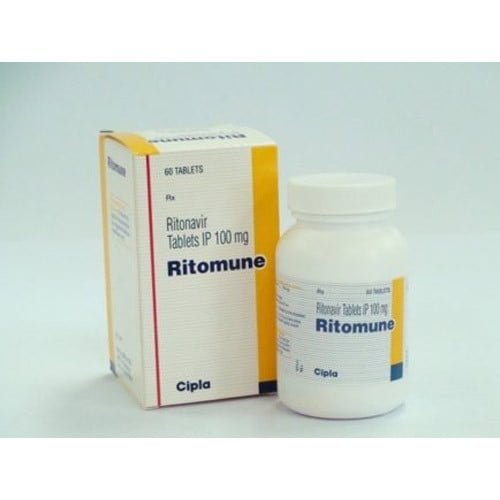

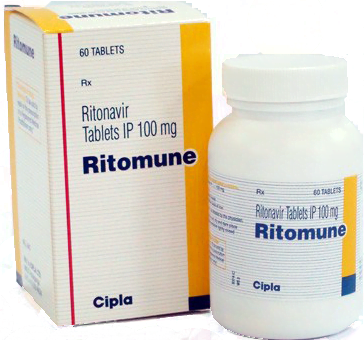
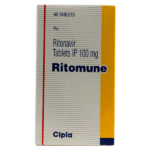

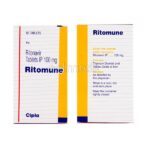
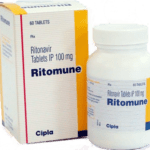
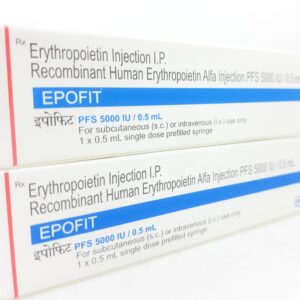
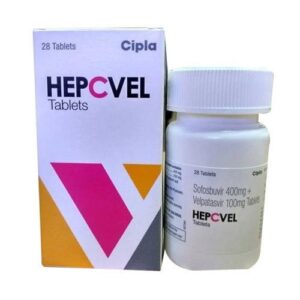

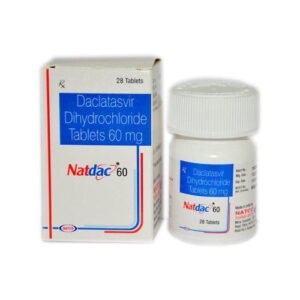

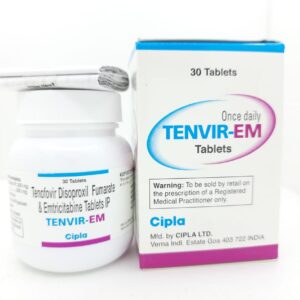
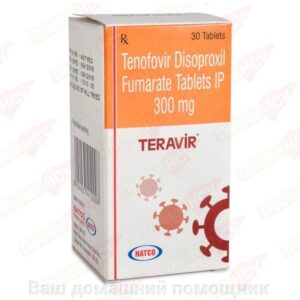
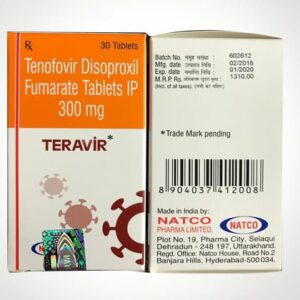
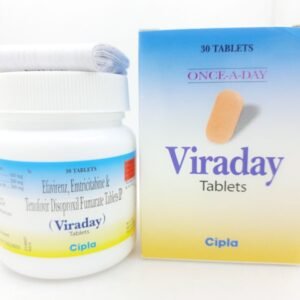
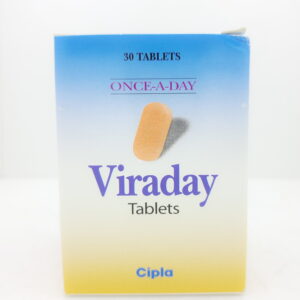

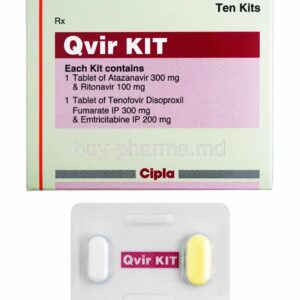
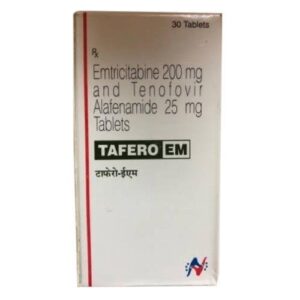
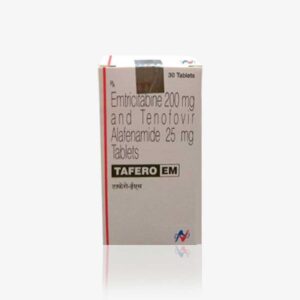

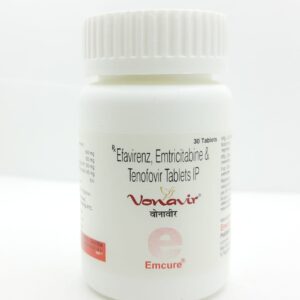


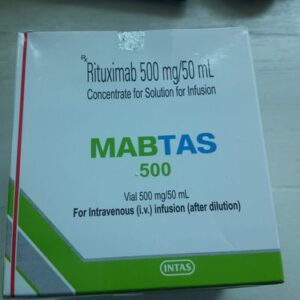
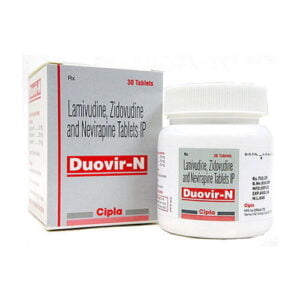
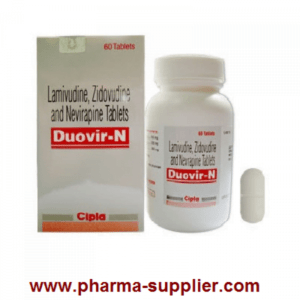


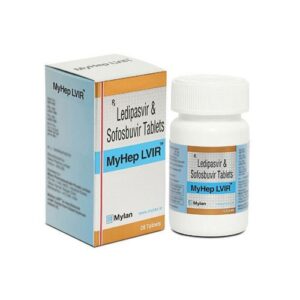
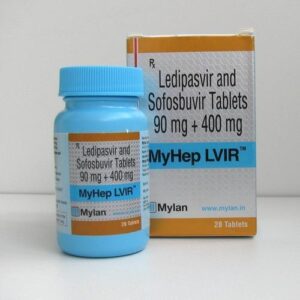
There are no reviews yet.